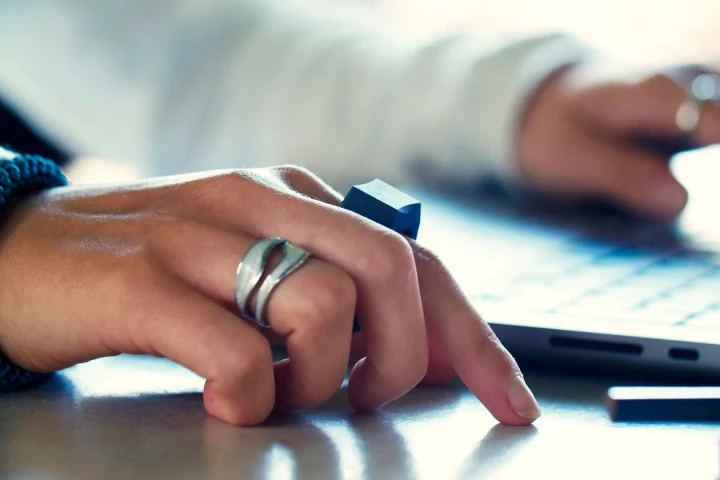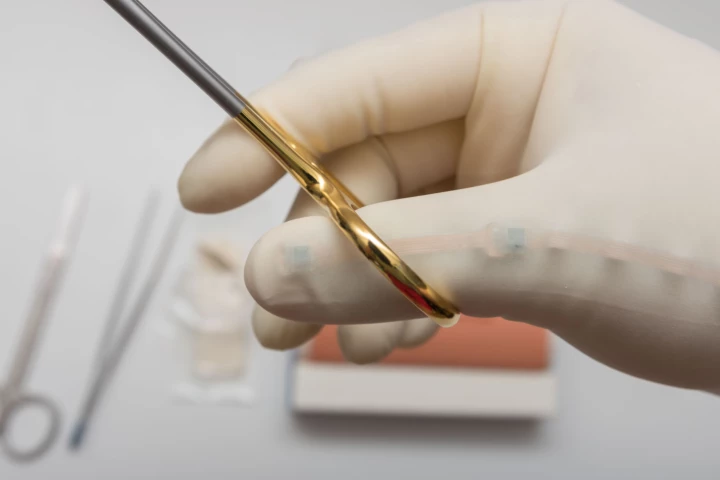Fingers
-
A question from a curious kid quickly led a team of scientists down a research rabbit hole – one that has now culminated in fascinating new knowledge about our water-wrinkled fingertips. And there's more to this discovery than a cool piece of trivia.
-
Tired of running out of mousing room on your meagre li'l mousepad? If so, you might like the Padrone Primera mouse. It's worn like a ring, and is claimed to turn the entire top of your desk into a giant touchpad.
-
Having an extra thumb on one hand may boost your manual dexterity, but wouldn't it be hard to learn to use? Not according to a new study, which found that the majority of a wide variety of people got the hang of the thing in just one minute.
-
Most exoskeletons are big, expensive, wearable devices designed to reduce the load on body parts such as the shoulders, arms or back. The Artus is different, in that it's made to protect the fingers … and it costs less than US$110.
-
Researchers have overcome a challenge in robotics by developing a sensor that can slide over braille, accurately reading it at twice human speed. The tech could be incorporated into robot hands, providing fingertip sensitivity comparable to humans.
-
Prostheses that replace fingers are typically complex, expensive devices, the cost of which often isn't covered by medical insurance. The student-designed Lunet, on the other hand (no pun intended) is simple and can be made from open-source plans.
-
We hear a lot about artificial hips and knees, but finger joints? They do exist, but their fit and functionality is limited. Germany's Fraunhofer research group aims to change that, with artificial finger joints that are 3D-printed for each patient.
-
If you were trying to gauge the reaction force of an insect's leg, you couldn't just push it with your finger – the size difference between the two would be too great. A set of hand-controlled soft robotic microfingers, however, can get the job done.
-
Back in 2016 we told you about a wearable device known as the Tap Strap, which lets users control Bluetooth-linked devices via finger-taps. Its inventors have now announced its sleeker and more capable successor, called the TapXR.
-
We've been hearing a lot about synthetic skins made for robotic hands, which would give the devices human-like qualities. Scientists in Japan have gone a step further, by covering a robotic finger in a self-healing skin made from live human cells.
-
It goes without saying that surgeons require a very delicate, precise touch. A new set of surgical training gloves were designed with that fact in mind, as they monitor their wearer's hand movements, and provide feedback on their technique.
-
Could an existing piano player adapt to playing the instrument with an extra, robotic thumb? A new study suggests that the answer is yes, and interestingly enough, even people who are new to the piano are equally adept at using the added appendage.
Load More











